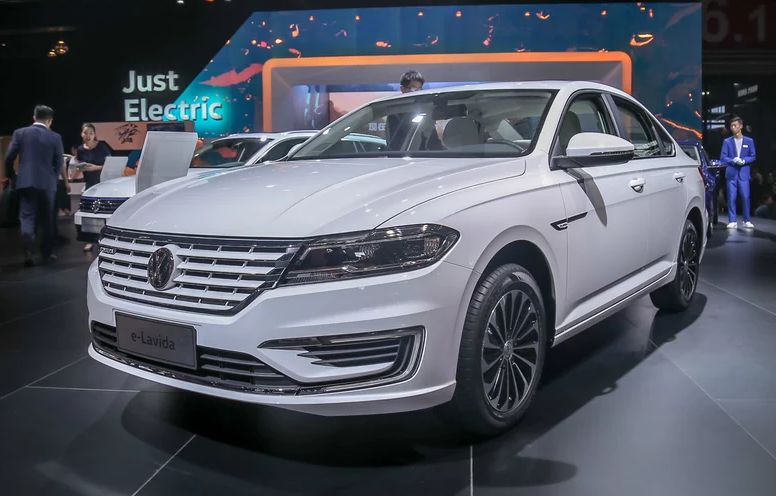When it comes to the electric vehicle market in China, people tend to believe that domestic brands are leading the way while joint venture brands are not focusing on new energy vehicles. However, looking at the global market, foreign brands are not lacking in electric vehicles, such as the Chevrolet Bolt EV, Nissan Leaf, BMW i3, and Audi A3 e-Tron, which have received great praise from consumers. Admittedly, with a car’s complex structure consisting of tens of thousands of parts, we must acknowledge that joint venture brands, with their years of experience in the automotive industry, have a better technical reserve in this regard. Today, we have selected a representative electric vehicle from German, Japanese, and American brands, respectively, to compare and evaluate which one is the most powerful among joint venture electric vehicles.
German representative: Volkswagen Lavida BEV
NEDC Range: 278km
Price: CNY 148,900
Despite being mocked by car enthusiasts as the “German version of Lavida,” Lavida has always ranked high on the monthly sales chart, and its product competitiveness is evident. As an electric version of Lavida, Lavida BEV has almost perfectly transplanted the appearance of the gasoline version of Lavida. The large number of horizontal stripes on the front grille makes it look stable and has a simple and concise overall design with a touch of business-class.
The neat and practical interior design is a characteristic of Volkswagen cars, which is perfectly reflected in Lavida BEV. The familial design makes people feel warm and cozy, and if you want a more fashionable feeling, you can choose the black and brown interior design. The configuration is also average, with an 8-inch multimedia system that supports phone connectivity, automatic air conditioning that can control the temperature and purify the air, and rear air outlets. However, it should be noted that in econ mode, the vehicle will focus on the range by limiting the power of the air conditioning.
Lavida BEV is equipped with a permanent magnet synchronous motor with a maximum power of 100 kW and a peak torque of 290 N·m. The performance data on paper is higher than that of the 1.2T engine in the gasoline version. The NEDC range is 278km, enough for daily commuting, but if you are going on a long-distance trip, you need to pay attention to the battery level and recharging station along the way.
Japanese representative: Nissan Sylphy Zero Emission
NEDC range: 338 km
Price: CNY 159,000-166,000
The Sylphy Zero Emission has an NEDC range of 338 km, with a starting price of CNY 159,000, which makes it one of the most cost-effective compact electric cars. As a classic model of Nissan, the appearance of Sylphy Zero Emission is consistent with the traditional design style of Nissan’s family design. The front grille of the vehicle is closed, and the overall design is simple and clean.
The interior design is practical and user-friendly, the beige interior and the central control panel with high-tech elements reflect the current trend design. The 8-inch LCD screen integrates with Apple CarPlay and Baidu CarLife, which satisfies most of the young consumers’ needs. The automatic air conditioning system is equipped with an auto-defogging sensor, a PM2.5 filter, and a rear row of air outlets.
Sylphy Zero Emission is equipped with a front-wheel-drive system with a maximum power of 80 kW and a maximum torque of 254 N·m. The acceleration of 0-50 km/h takes 3.4 seconds, and the top speed can reach 144 km/h. In addition, the car’s battery pack integrates the vehicle’s thermal management system, which ensures excellent performance in extremely cold and hot environments.The Xuan Yi EV can be considered an old-timer in the joint venture electric vehicle market. In terms of appearance, compared with the V-Motion 2.0 design language of its fuel version, the Xuan Yi EV still adopts a classic design. In the rear of the car, apart from the EV badge, it looks almost the same as the classic Xuan Yi design. Although the overall design is not as trendy, it is not criticized for being too old-fashioned.
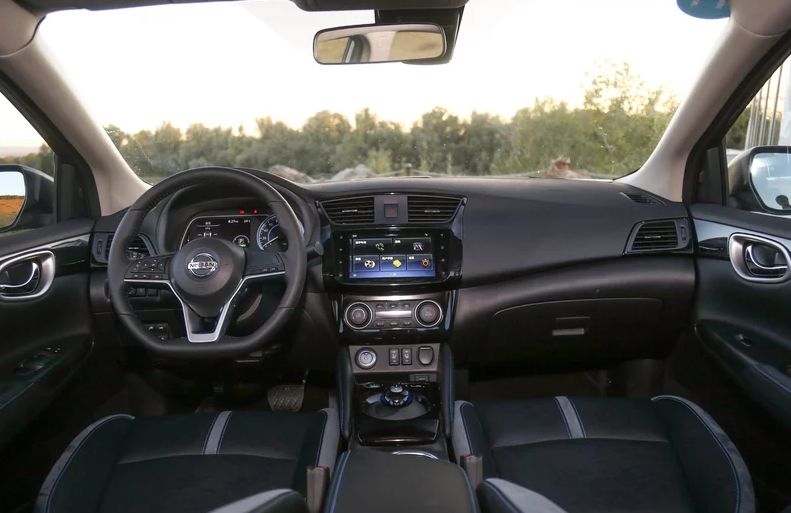
The interior design also follows the symmetrical design of the classic Xuan Yi model, focusing on practicality. Apart from the interesting small circular gear shift, other regular button layouts emit a sense of time. As for the configuration, the Xuan Yi EV is equipped with an 8-inch touchscreen, supporting practical functions such as mobile phone connectivity. It’s worth noting that the front seats can be heated, and the car also has passive and active features such as merging assistance and lane departure warning to meet daily needs.
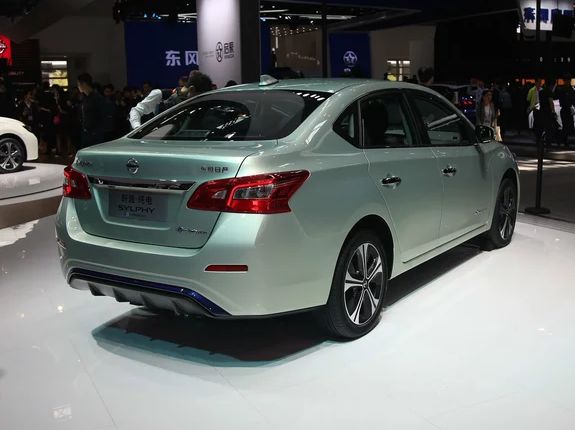
In terms of power, the Xuan Yi EV inherits Nissan’s LEAF power battery technology. The maximum power is 80 kW, and the peak torque is 254 N·m, which is relatively conservative. The cruising range is 338 km, which is not competitive in the mainstream electric vehicle market.
American representative: Chevrolet Menlo
NEDC cruising range: 410 km
Price: CNY 160,000-200,000 (pre-sale)
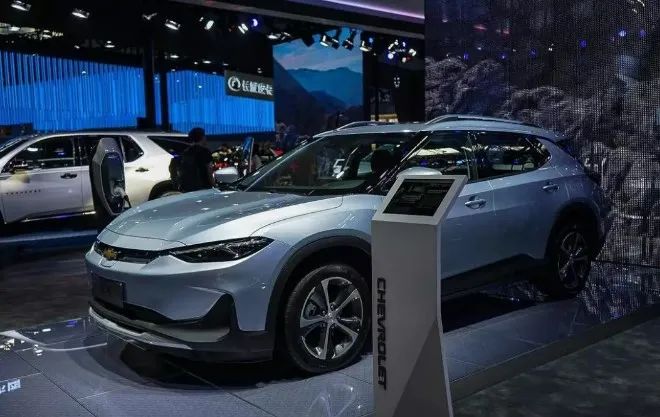
During the 2019 Guangzhou Auto Show, Chevrolet’s first domestically produced electric car, the Menlo, has been introduced to the public. The appearance of the Menlo originated from the FNR-X concept car and absorbed the vitality aesthetic design concept. Compared with other new energy cars of the same price range, which mostly feature car shell replacements or slight modifications of fuel vehicles, the aggressive appearance of the Menlo’s coupe style is highly restored to the concept car with impressive visual appeal, demonstrating Chevrolet’s commitment to the new energy market.
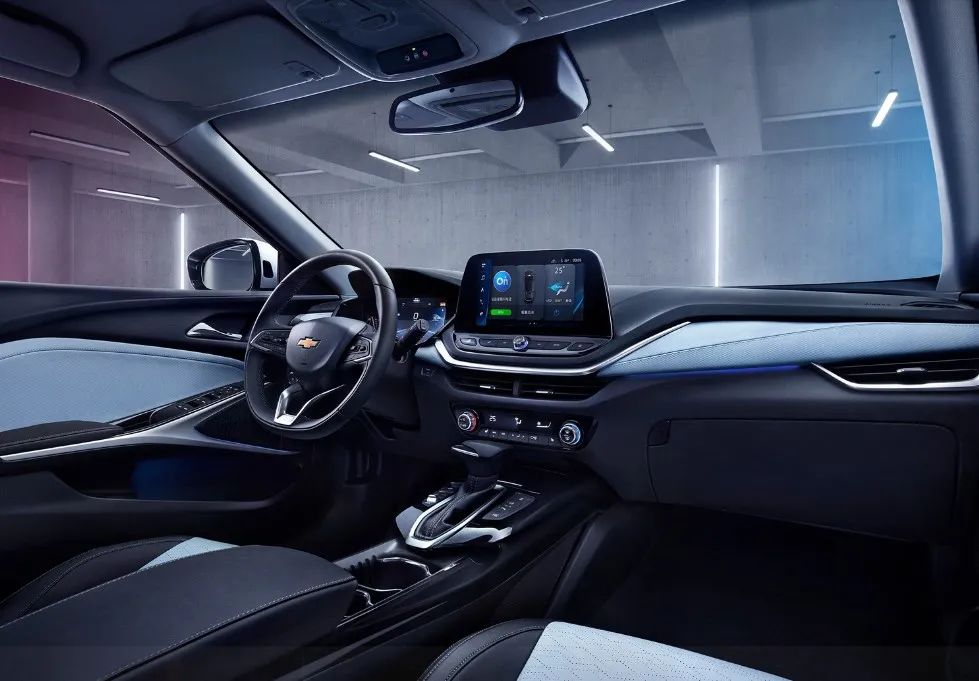 The interior of the Chevrolet Changchun adopts a black-and-white contrast color scheme, with various lines outlining a hexagonal center console full of technological sense. The 10.1-inch color touchscreen is superior in the same level and is equipped with MyLink+ smart connectivity system, heated front seats, and keyless entry one-button start and other sincere configurations. It’s worth mentioning that a 1.147-square-meter panoramic sunroof extends to the back of the second-row passengers’ head, making a stunning first impression when sitting in the car.
The interior of the Chevrolet Changchun adopts a black-and-white contrast color scheme, with various lines outlining a hexagonal center console full of technological sense. The 10.1-inch color touchscreen is superior in the same level and is equipped with MyLink+ smart connectivity system, heated front seats, and keyless entry one-button start and other sincere configurations. It’s worth mentioning that a 1.147-square-meter panoramic sunroof extends to the back of the second-row passengers’ head, making a stunning first impression when sitting in the car.
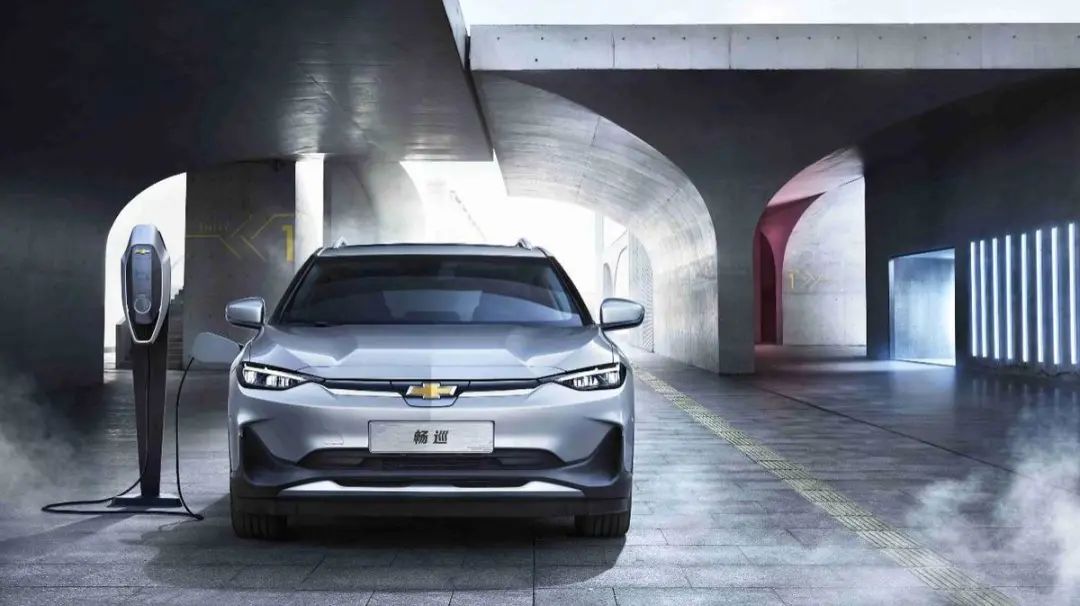
The maximum power of the Changchun is 110kW, the peak torque is 350N·m, and the NEDC endurance mileage is 410km. These three achievements are unmatched in the same price range of joint venture brands and can perfectly meet the needs of urban commuting.
In summary, in the new energy vehicle market, joint venture brands have their own characteristics and advantages, and consumers can choose the right vehicle according to their own needs. Compared with the products of German and Japanese brands, which are mostly based on shell-changing of oil cars, the upcoming Chevrolet Changchun has the hope of becoming a new disruptor in the market with its personalized original appearance and hard strength in configuration and power.
This article is a translation by ChatGPT of a Chinese report from 42HOW. If you have any questions about it, please email bd@42how.com.
